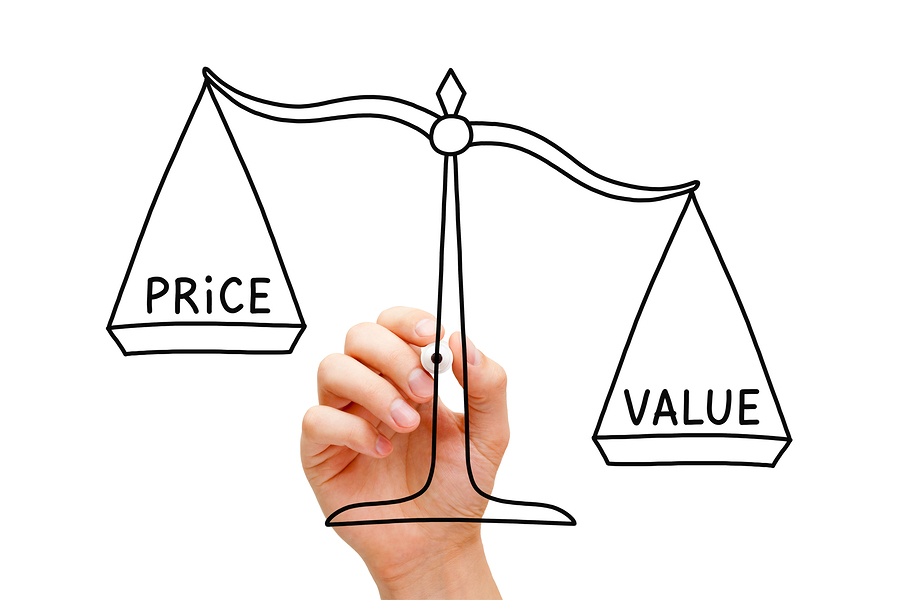One piece of good business ownership advice is to always have an idea of the value of your business. This will come in handy if you decide you need additional financing for your business, want to sell your business or want to buy a competing business to expand. There are a number of ways to assess the value of your business. Here are just a few methods to give you an idea.
Value of Assets
This is a simple computation of the value of your assets and liabilities. You take the value of all the property, assets and inventory that your business owns and add the value of all outstanding invoices that the business can collect. Subtract from this any debts and bills that need to be paid. This is an estimate of the value of your business.
This works very well for businesses in the retail and manufacturing industries where the value of the assets accurately represents the ability of the business to make money. In retail, you are ultimately going to sell your inventory for a profit, so this is a good representation of your value. In manufacturing, your equipment and inventory are turned into sellable products, so the value of these items represent the value of your business. This may not be a good representation of the value of a business that offers services. For example, a landscaper may own a lot of equipment but may not put it to good use. Good business ownership advice suggests that the value of service-oriented businesses are best estimated another way.
Fair Market Value
Another estimate of the value of your business is to look at what other similar businesses have been sold for recently. For example, if you want to sell your law practice, you could find a similar practice with similar earnings and see what it was sold for. This would be approximately what you could expect to get for your law practice if you sold it today. This is may be a good place to start, but no two businesses are exactly similar so you may have to adjust this number to reflect any differences in value.
Capitalized Earnings Approach
In this method of valuation, you look at the value of the business from the point of view of the expected return on the investment. For example, say a business is expected to earn $1,000 every year. In order to earn $1,000 from a relatively risk-free investment, like a saving account that yields 5% interest, you would have to invest $20,000. This would be the value of your business if your buyer was looking for a 5% return. Most investments are riskier than savings accounts and necessitate correspondingly higher returns. Say you thought that a 20% return would be a better expectation. Then the value of a business that earned $1,000 would be $5,000. A business that earned $1 million would be valued at $5 million.
Cash Flow Method
This method determines the value of a business based on projecting its future cash flow over a period of three to five years to determine its present value. The future cash flow is discounted to yield a value in the present. This method can be advantageous to a seller who expects the company’s cash flow to increase over the next few years. This could happen because technological advancements make it possible to be more productive. Another reason could be that growth leads to economies of scale and increases in cash flow. Buyers may wish to negate these factors and assert that future growth is based on the hard work of the future owner and should not be reflected in the value of the business. From either perspective, it is difficult to predict the future, so valuations based on these predictions may be somewhat suspect.
Owner Benefits Approach
Yet another common way to determine the value of a business is the owner benefits approach. This looks at the benefits that accrue to the owner of the business and values the business based on these benefits. It assumes that the new owner is purchasing these benefits. The value of the business is computed by adding the profit produced by the business for the year, the owner’s yearly salary and the value of any other benefits. Any depreciation or interest that was subtracted from the profit calculation is added back to the value. Finally, any anticipated capital expenditures are subtracted. The final total is the value of the business from the perspective of the owner.
Knowing the value of your business is just good business ownership advice. Changing market conditions may cause you to consider obtaining new financing, buying a competitor or selling your own business. You need to have an idea of what your business is worth in order to evaluate your options effectively and make good decisions.

